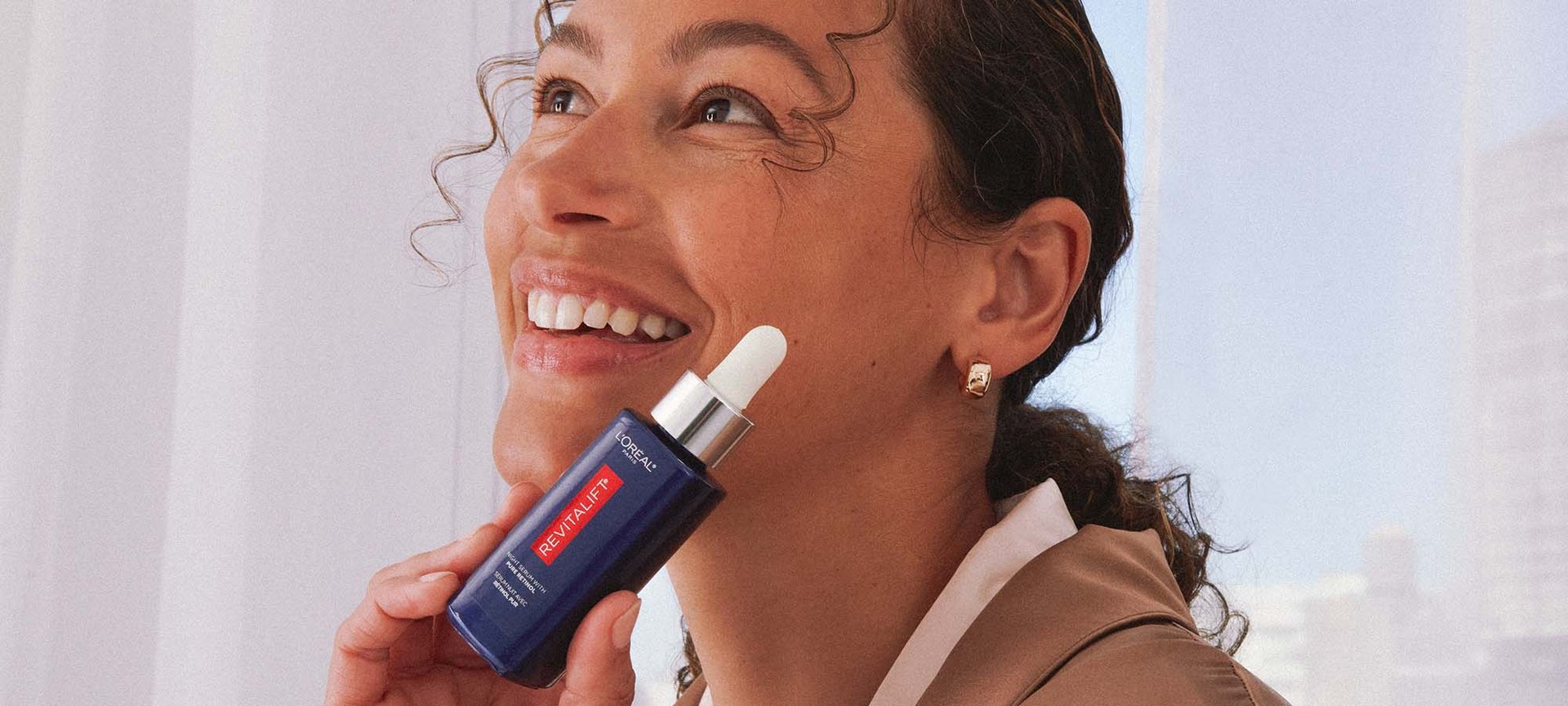The beauty industry has long been celebrated for its penchant for trends, innovations, and, of course, debates. One of the most contentious topics circulating amongst skincare aficionados and dermatologists alike is whether to apply moisturizer before or after retinol. This seemingly simple choice can have profound implications for your skin health and overall radiance. In this article, we will explore the merits of both approaches as we navigate this skincare conundrum, offering insights that can help you craft the ideal regimen for your unique skin needs.
The Science Behind Retinol
Retinol, a derivative of vitamin A, is heralded for its remarkable ability to accelerate cell turnover, diminish the appearance of fine lines, and invigorate a lackluster complexion. By stimulating collagen production and promoting exfoliation, retinol cultivates a youthful glow. However, it is also notorious for potentially causing irritation, redness, and dryness, particularly for those with sensitive skin types. Hence, the application technique becomes paramount in harnessing its beneficial properties while minimizing adverse reactions.
Understanding Moisturizers
Moisturizers serve as the unsung heroes of skincare. Formulated to hydrate, nourish, and protect the skin barrier, they contain a cocktail of ingredients ranging from humectants, occlusives, and emollients. These components work synergistically to create a balanced and buoyant complexion. While some moisturizers operate on a lightweight level, others may offer a thick, luxurious barrier designed to trap moisture and provide a cushion for dry skin. The efficacy of retinol may be influenced by the type and timing of moisturizer used. Thus, it is crucial to discern how these products interact within your skincare routine.
The Argument for Applying Moisturizer First
Proponents of the “moisturizer first” philosophy advocate that applying a layer of hydration prior to retinol can create a buffer for the skin. This technique can mitigate the potential irritation that retinol can induce, especially for newcomers to retinol or those with compromised skin barriers. The theory is that a moisturizing layer will hydrate the skin and reduce the intensity of retinol’s effects, yielding a gentler experience.
Moreover, a well-chosen moisturizer can enhance the absorption of retinol, ensuring that it penetrates deeply into the skin. By slathering on a comforting layer of moisturizer, you can protect sensitive areas and promote a smoother application of retinol afterward. This method, therefore, caters beautifully to those who may be prone to redness or flakiness.
The Case for Applying Retinol First
Conversely, many dermatologists advocate for the traditional “retinol first” approach, suggesting that applying retinol directly to clean, dry skin allows it to work more effectively. They assert that retinol should be the first product to touch the skin after cleansing, enabling it to penetrate deeper and unencumbered by the barriers that heavier moisturizers can impose. This method is particularly beneficial for targets that require intensive treatment, such as hyperpigmentation, acne scars, and wrinkles.
Furthermore, applying retinol first may encourage the skin to acclimate more easily to the product. Once the retinol settles, allowing it a few minutes to absorb, a layer of moisturizer can then be applied on top to seal in hydration and help counteract any potential dryness. This two-step method can provide a comprehensive approach, combining the potency of retinol with the protective benefits of moisturizing.
Personalization is Key
Understanding that individual skin types and concerns vary is essential for navigating this skincare debate successfully. For those with oily or combination skin, a lightweight moisturizer may suffice, whereas drier skin types may require something more occlusive. Understanding your unique needs is integral to making the decision synonymous with both your skincare goals and comfort levels. By trying both approaches and observing how your skin reacts, you can determine which method serves you best.
Expert Recommendations
To help alleviate the perplexity surrounding this topic, dermatologists often recommend starting with lower concentrations of retinol to gauge your skin’s tolerance. Gradually introducing retinol into your regimen—accompanied by proper moisturizing techniques—can provide insights into how your skin prefers to handle these potent ingredients.
Many experts also suggest that layering techniques evolve with the seasons; for instance, colder months may necessitate an increased focus on hydration to counteract seasonal dryness. Conversely, summer routines may allow for a lighter touch as humidity assists in maintaining moisture levels.
Final Thoughts
Ultimately, the debate of whether to apply moisturizer before or after retinol is not a matter of black and white; it is a vibrant spectrum of experiences, preferences, and outcomes. As skincare enthusiasts, the journey to radiant, healthy skin should be tailored to individual needs, taking into account personal experiences, skin types, and seasonal changes. By understanding the nuances of both retinol and moisturizers, and proceeding with curiosity and a touch of experimentation, you can elevate your skincare regimen to new heights, unlocking the glimmering potential of your skin.

